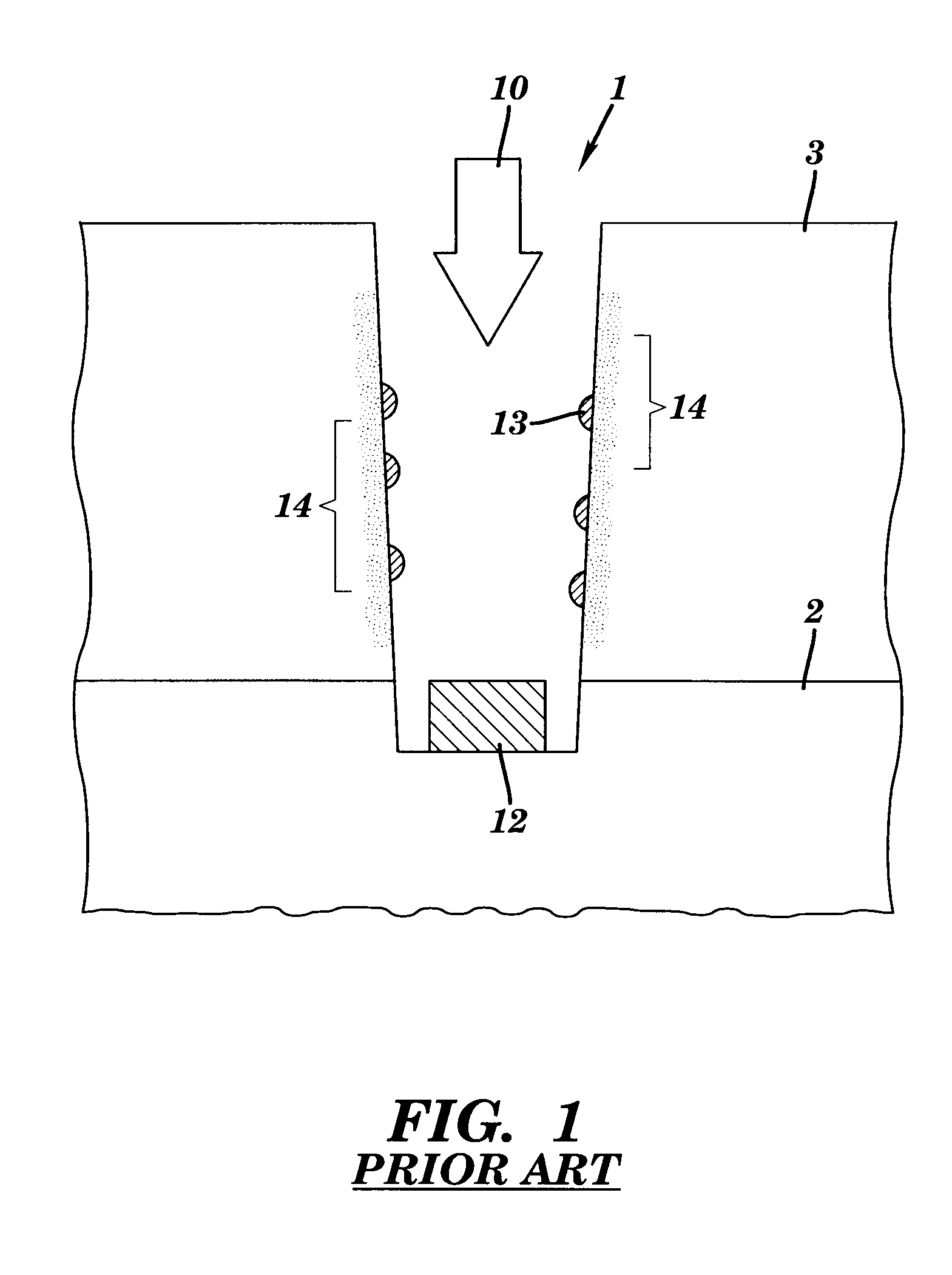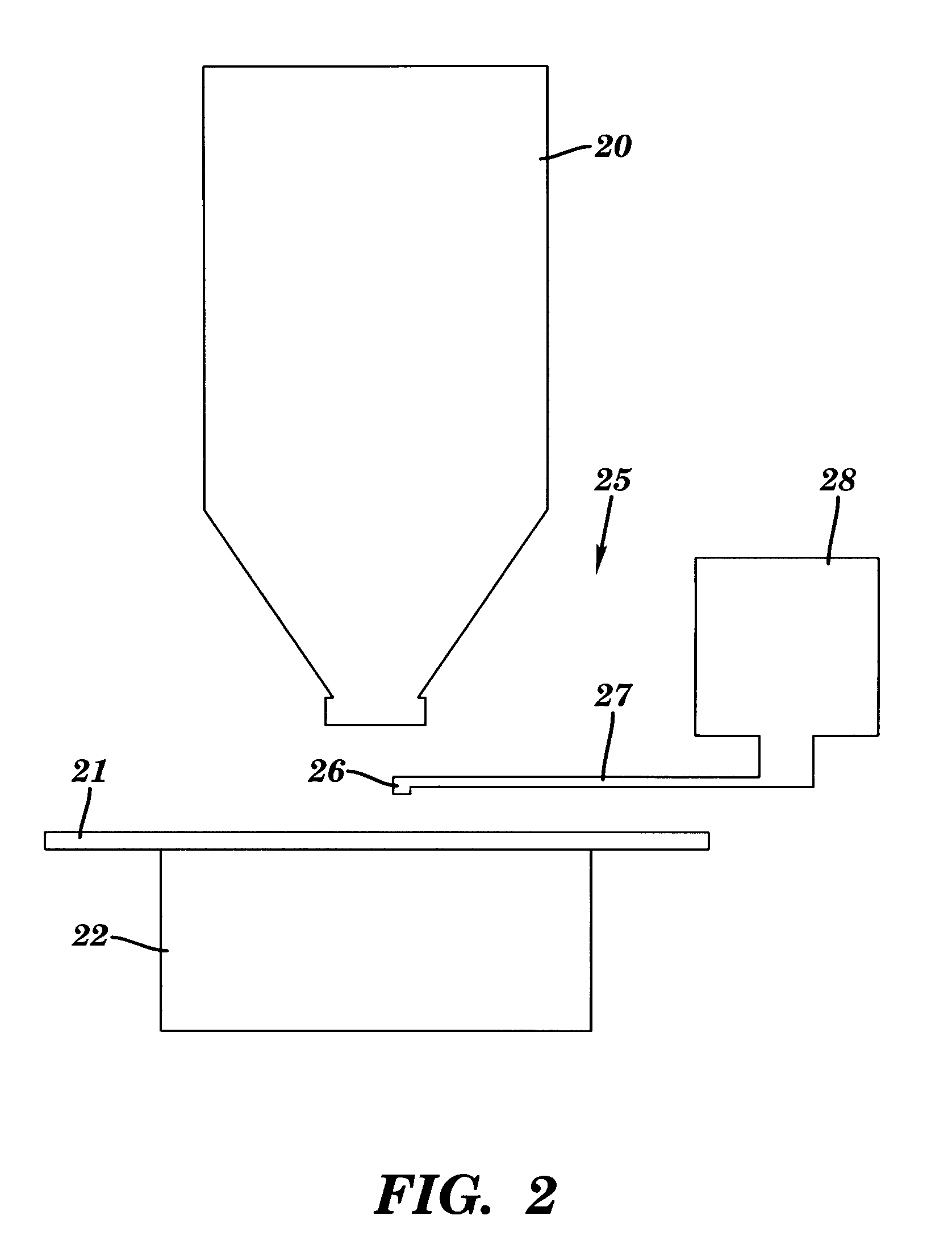High-resolution optical channel for non-destructive navigation and processing of integrated circuits
a technology of integrated circuits and optical channels, which is applied in the direction of material analysis using wave/particle radiation, instruments, nuclear engineering, etc., can solve the problems of unfavorable optical index of mask features, damage to interlevel dielectric materials, and serious difficulties in chip and mask repair recently encountered, and achieves convenient installation, compact and lightweight, and the effect of reducing the number of components
- Summary
- Abstract
- Description
- Claims
- Application Information
AI Technical Summary
Benefits of technology
Problems solved by technology
Method used
Image
Examples
Embodiment Construction
[0022]In a preferred embodiment of the invention, an optical-fiber based light channel system is included in the ion / electron beam processing tool. The interior of an FIB tool (a vacuum chamber) with a light channel system is shown in FIG. 2. Sample 21 is mounted on an XYZ motion stage 22, opposite the ion beam column 20. The optical channel system 25 includes an image collection portion 26, an optical fiber image transmission portion 27 and a detector portion 28. The image collection portion 26 includes micro-optical components (e.g. lenses and beam splitters) and has submillimeter dimensions, so that it is easily accommodated between the ion / electron column objective pole piece and the sample (i.e. within the working distance of the FIB or SEM tool). The sample 21 (typically with a repair or metrology site thereon) may therefore remain in a fixed position with respect to the column 20. The entire system 25 is sufficiently compact and lightweight so that it may easily be mounted on...
PUM
 Login to View More
Login to View More Abstract
Description
Claims
Application Information
 Login to View More
Login to View More - R&D
- Intellectual Property
- Life Sciences
- Materials
- Tech Scout
- Unparalleled Data Quality
- Higher Quality Content
- 60% Fewer Hallucinations
Browse by: Latest US Patents, China's latest patents, Technical Efficacy Thesaurus, Application Domain, Technology Topic, Popular Technical Reports.
© 2025 PatSnap. All rights reserved.Legal|Privacy policy|Modern Slavery Act Transparency Statement|Sitemap|About US| Contact US: help@patsnap.com



